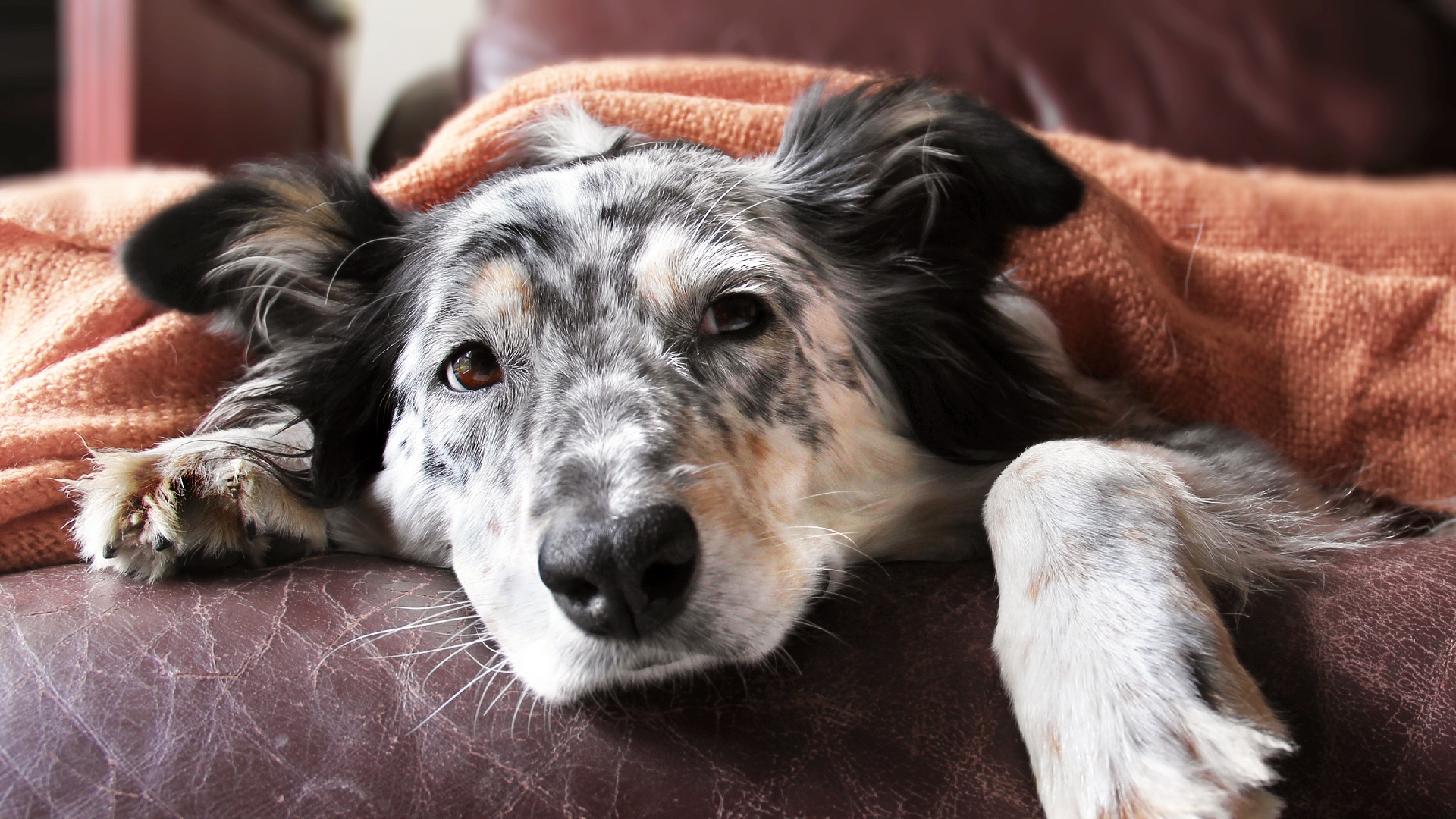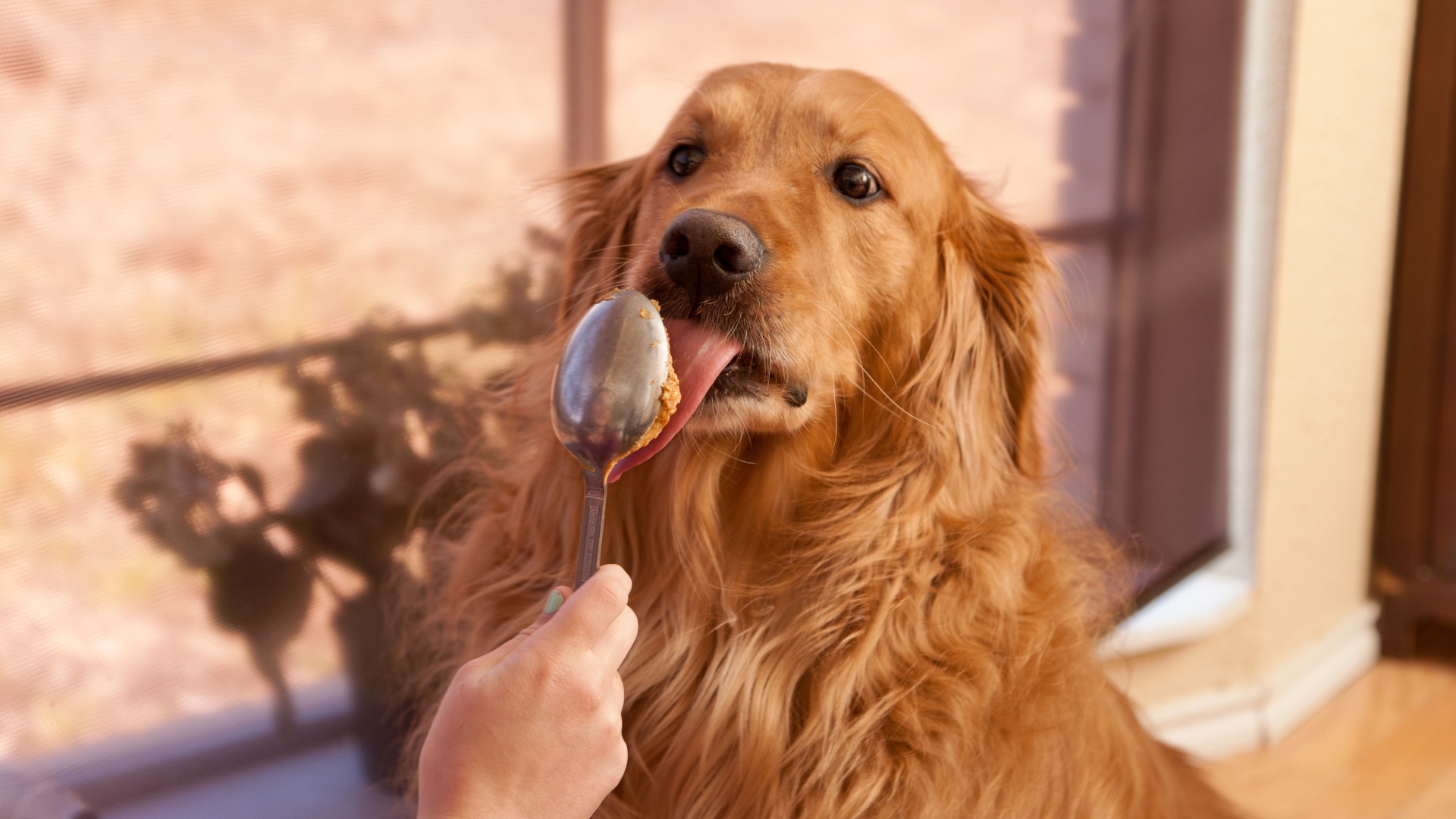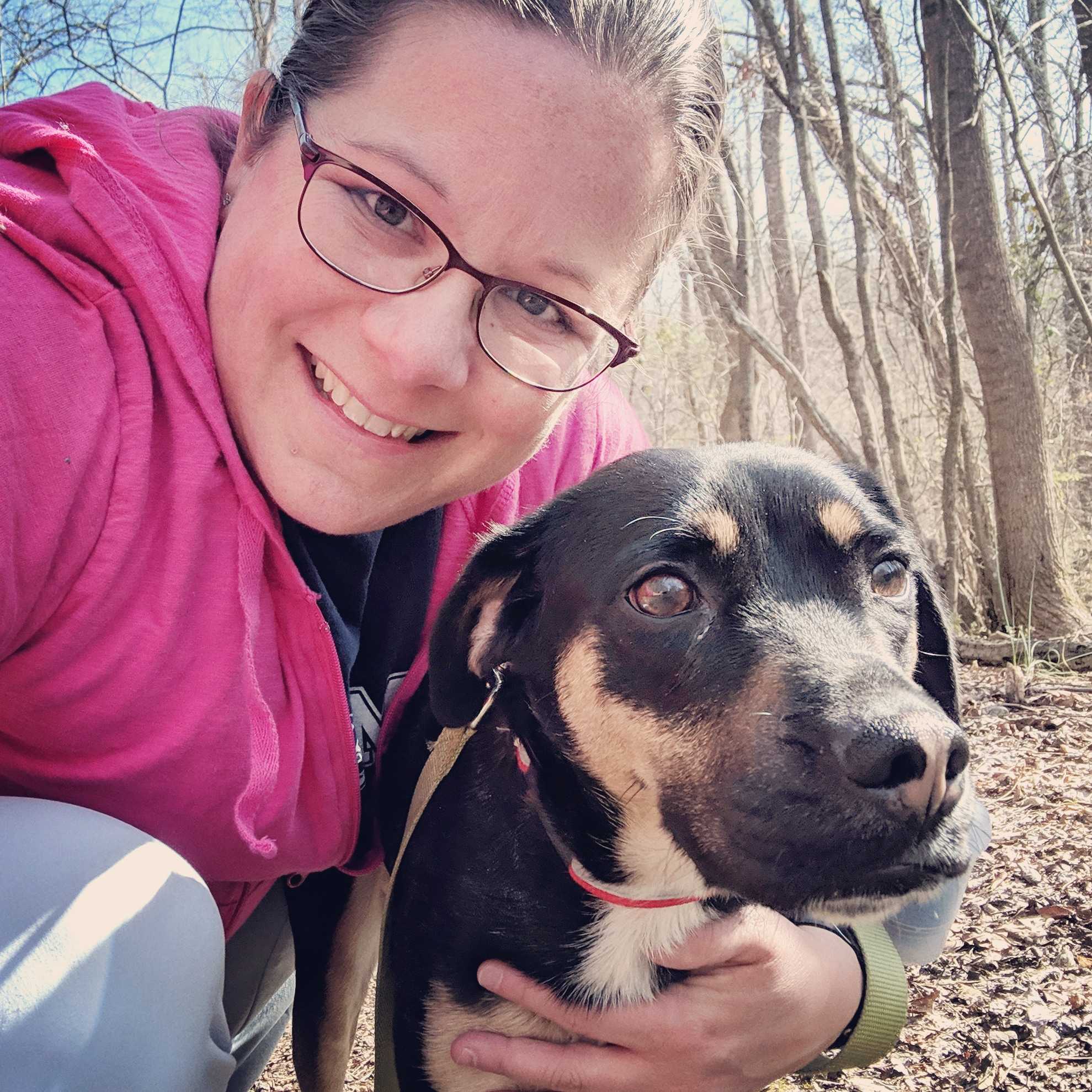How long can a dog go without eating? A vet’s advice
How long can a dog go without eating? Our vet reveals some of the most common causes your pup may be off their food and when to be concerned

How long can a dog go without eating is a question you may well be asking if your canine companion is a picky eater or tends to suffer from a sensitive stomach. However, while it’s perfectly normal for a dog to miss a meal here or there, if your pup is refusing to eat on a regular basis, you may be wondering ‘is my dog sick?’
While dogs need food and water to survive, an otherwise healthy pup can usually last without a meal for around five days. That being said, refusing to eat for several days in a row is something to pay attention to, particularly if you’re also witnessing your dog losing weight as a result.
If your dog has gone without food for 48 hours and they’ve also refused to drink in the past 24 hours, it’s time to visit your vet, especially if your dog’s non-existent appetite is accompanied by other symptoms, such as vomiting and diarrhea.
To help you understand more about this issue, Dr. Catherine Barnette is here to advise you on when you should be concerned about your dog not eating, some of the most common causes and some simple things you can try at home to encourage your canine companion to eat up.
How long can dogs go without food and water?
Like humans, dogs are at higher risk of dehydration than starvation. A typical dog will show significant signs of dehydration within just 24 hours without water, depending on their health and environment. (If a dog is left outdoors on a hot, sunny day, they will dehydrate even more quickly.) When it comes to food, however, most dogs can go three to five days without eating before they experience any serious health consequences.
These statements are only generalities, though. Your dog’s individual health, activity level, and environment play a large role in how long they can safely go without food or water. For example, small-breed puppies are often prone to hypoglycemia (low blood sugar) because their body’s regulatory mechanisms are not yet fully developed. In some small puppies, going just twelve hours without food can cause life-threatening hypoglycemia.
So, while we say that most healthy dogs can go a day without water and three to five days without food, it’s important to realize that every dog has slightly different requirements. Each dog will experience different effects after a period without food or water.
Get the best advice, tips and top tech for your beloved Pets
Ways to get a dog to eat and drink
In some cases, you may be able to entice your dog to eat or drink by making their food or water more appealing. This can be especially helpful if your dog’s lack of appetite is due to stress, but is less likely to help if there’s an underlying medical condition at play.
Consider adding a small amount of chicken or beef broth to your dog’s water. Flavored water can increase your dog’s interest in drinking.
To make your dog’s food taste better, try adding some flavor to their food. Avoid rich, high-fat items and instead consider adding a small amount of boneless, skinless chicken breast to your dog’s regular food. You could also consider using a bland canned dog food or baby food to add flavor. The goal is to make your dog’s food taste better, in order to entice them to eat.
When should I worry about my dog not eating?

If your dog goes more than 24 hours without drinking or 48 hours without eating, it’s time to be concerned. You should also contact your veterinarian if your dog is showing other signs of illness, such as vomiting, diarrhea, lethargy, or weakness.
Your veterinarian will ask you questions about your dog’s medical history, looking to identify possible triggers for your dog’s lack of appetite. Next, your veterinarian will perform a thorough physical exam on your dog, looking for medical conditions that may be affecting your dog’s appetite. If no obvious causes for the inappetence are found on exam, your veterinarian will likely recommend laboratory testing. These tests may include blood tests, urinalysis, x-rays to rule out possible sources of pain, or other diagnostic tests, depending on your veterinarian’s clinical suspicions based on your dog’s medical history and physical exam.
If your veterinarian can determine why your dog is not eating, they will recommend appropriate treatment to address the underlying issue. For example, if your dog is not eating due to nausea, your veterinarian may administer an anti-nausea injection or send home oral medication. If your dog is not eating due to severe tooth pain, your veterinarian may recommend a dental cleaning and/or dental extractions.
If no underlying cause for your dog’s anorexia can be found, your veterinarian may prescribe an appetite stimulant to help boost your dog’s appetite. Your veterinarian may also work with you to develop a feeding plan that involves palatable (tasty) food that is high in calories and nutrition.
Causes of a dog not eating
There are many possible reasons why a dog could stop eating. Many medical conditions can cause nausea or a decreased appetite. Think of how you feel when you are very sick with the flu; eating is often the last thing on our mind when we are very ill! Additionally, there are a variety of medical conditions that can make eating uncomfortable or unpleasant, leading to a lack of appetite.
Many owners question whether not eating is a sign their dog is dying. Fortunately, this is rarely the case. There are many treatable conditions that can cause your dog to avoid eating. This is why it’s so essential to see your veterinarian if your dog stops eating.
Possible causes of a loss of appetite in dogs include:
- Gingivitis
- Tooth root abscess
- Oral trauma
- Oral tumors
- Neck pain, which may make it difficult for your dog to bend down to their food bowl
- Pain or inflammation in the muscles involved in chewing
- Pain in the temporomandibular joint (TMJ)
- Esophagitis, or inflammation of the esophagus
- Gastritis, or inflammation of the stomach
- Enteritis, or inflammation of the intestines
- Intestinal blockage
- Intestinal cancer
- Organ dysfunction, such as diabetes or hypothyroidism
- Toxin exposure
- Medication side effects
- Generalized pain
- Severe anxiety
There are many potential causes of anorexia in dogs, ranging from mild to severe. Work with your veterinarian to determine the cause of your dog’s decreased appetite. Once you have determined the cause of your dog’s anorexia, you can work with your veterinarian to determine the best way to treat your dog’s condition.
If you're looking for ways to increase a dog's appetite, check out our guide.
Work with your veterinarian for a personalized approach
When asking “how long can a dog go without eating,” the only true answer is, “it depends.” Most healthy dogs can go three to five days without food safely, but more rapid action is required in young puppies and dogs with underlying medical conditions. If your dog goes more than 48 hours without eating (or more than a day without drinking), contact your veterinarian to determine the next steps for your dog.
For more great canine health content, be sure to check out our guide to can dogs get sick from humans where our expert vet reveals everything you need to know to keep your pup fit and well.

Dr. Barnette graduated from the University of Florida in 2006 where she received both her B.S. in Zoology and her Doctor of Veterinary Medicine (DVM). She has 15 years of clinical experience as a small animal veterinarian, treating dogs, cats, and occasional exotic patients. When she’s not writing content as a freelance veterinary writer, Dr. Barnette lives in southwest Florida with her husband and daughter (plus two cats, a dog, and a rescued dove!) and enjoys kayaking, biking, and hiking.
Dr. Barnette is a graduate of the University of Florida, where she received both her B.S. in Zoology and her Doctor of Veterinary Medicine (DVM). She has 15 years of clinical experience as a small animal veterinarian, treating dogs, cats, and occasional exotic patients. She now works as a freelance veterinary writer, creating educational content for veterinarians, veterinary team members, and dedicated pet owners. Dr. Barnette lives in southwest Florida with her husband and daughter (plus two cats, a dog, and a rescued dove!) and enjoys kayaking, biking, and hiking. Learn more about Dr. Barnette at www.linkedin.com/in/catherinebarnette.

